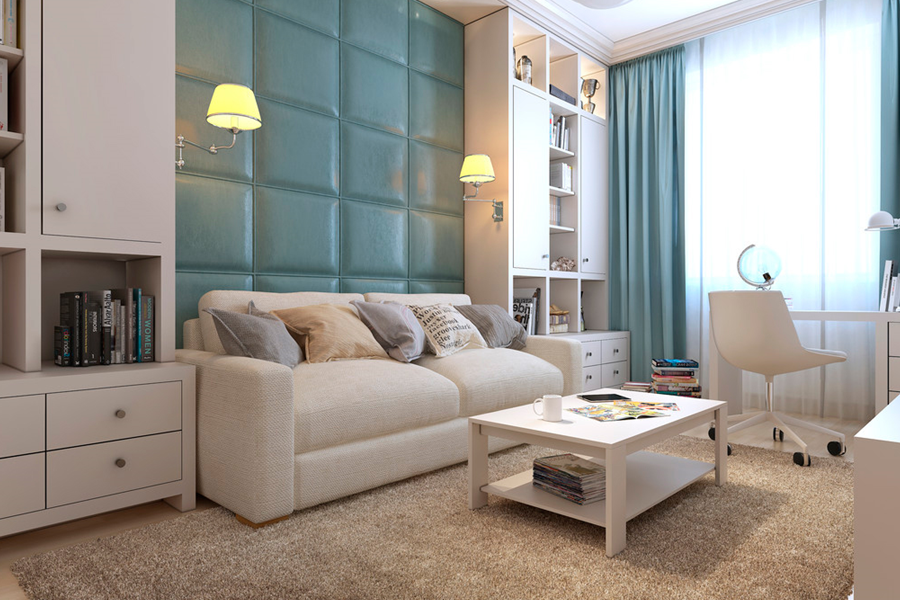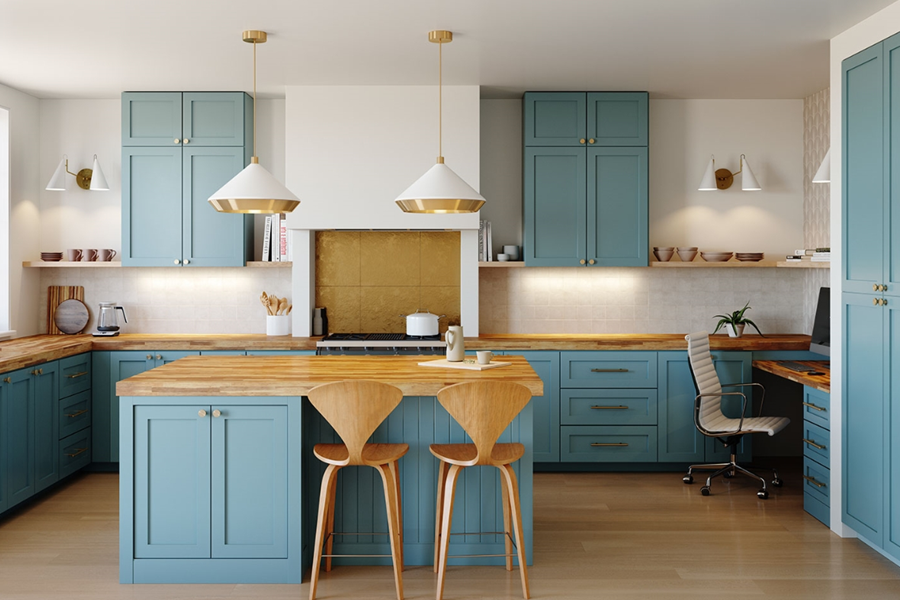Placing wall lights in your home can add the perfect ambiance to a room while also providing functional lighting options. It’s easy to overlook this kind of lighting when you’re decorating, but that could be a mistake because they offer so many benefits you may not have considered.
Here are some tips on how to get the most out of wall lights in your home, and why they should be part of your design plan.
1. Choose The Right Wall Lights For Your Space
When choosing wall lights for your room, it’s important to keep the size of the bulb in mind. This is because different bulbs have different wattages, and that means the wattage of each light fixture in your room should add up to around 100 watts. If you don’t do this, you could risk blowing a fuse or tripping a circuit breaker.
Additionally, you’ll have to make sure that each bulb can fit in the socket, which is typically a size called E26. It’s important that you choose lighting fixtures that fit well with the aesthetic of your room and its overall design, as it will help to create continuity and avoid jarring transitions when abutting objects are removed or changed.

2. Try Out Different Wall Lighting Styles
If you want to add some color to your room, consider using different wall lights with different colored bulbs. You can also choose ones with multiple bulbs of the same color, or even mixed colors if that’s what you desire. Depending on your lighting needs, you could use a bright overhead floodlight and some warm lamps in the corners of a room. For instance, you could string together some orange filament bulbs to create a warm glow in an otherwise neutral space.
3. Consider Recessed And Pendant Wall Lights If Possible
If your budget allows it, consider using recessed wall lights instead of traditional chandeliers or ceiling fixtures. This is because recessed lights draw light down, which can create very dramatic effects in a room. They also usually offer more control over the direction of the light than other types, so you can use them in a variety of ways. Circular chandeliers and wall sconces are also common options, so keep this in mind as you plan your lighting scheme.
4. Go Beyond Wall Lights
If all you have to work with is artificial light in a room, consider adding some more subtle fine detailing like wall sconces or table lamps to provide additional atmosphere and accent lighting.

